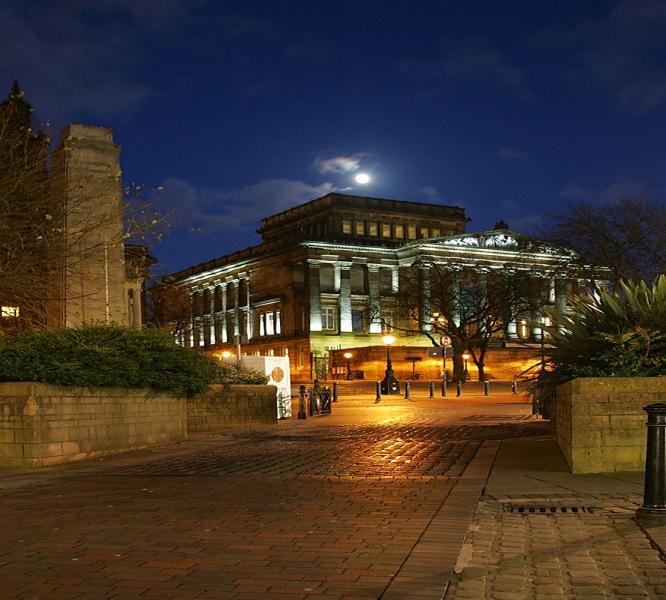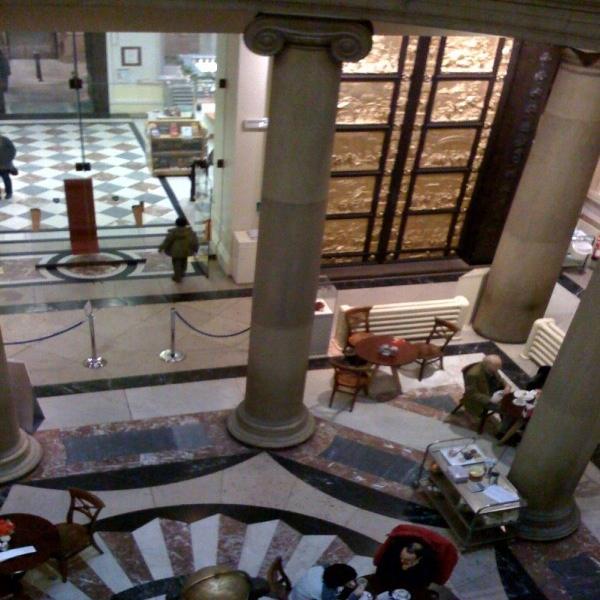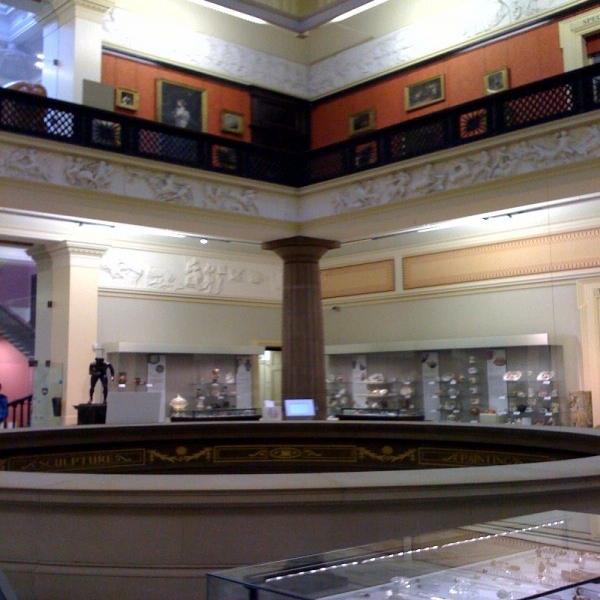Harris Museum
www.stonexp.com
2011-11-14 14:14:29
Popularity Index:0
Source:Internet
|
The Harris Museum, Art Gallery & Preston Free Public Library is a Grade I listed museum building in Preston and has the largest gallery space in Lancashire, England.
History In the 19th century, a Public Library boom hit the United Kingdom. The town of Preston wanted a grand museum and library for its inhabitants. Since 1850, locals had held fund-raising events to get enough money to build a Museum and Public Library. In 1877, a Preston lawyer called Edmund Robert Harris, finally made the dream of Preston into a reality. He left the Preston Council with a sum of £300,000. In 1879, the first library of Preston was set up in the Town Hall basement, while a museum was set up to house the Dr Shepherd Collection on Cross Street. The popularity of this made the City council to make a purpose built building to house the Public Library and Museum. Work started on the museum in 1882 and it officially opened in 1893. Collections The collections include important local history and archaeology collections, highlights of which are displayed in the Story of Preston, which gives a historical account of the city. There is also a fine art collection including work by Stanley Spencer, Lucian Freud, Ivon Hitchens and Graham Sutherland and a decorative art collection that holds the largest scent bottle collection in the country. In addition there is a varied contemporary art programme of national and international artists, touring shows and in-house exhibitions. Amongst the fine works of art and historical artifacts there is a nationally important prehistoric elk skeleton, known as the Poulton Elk. A Foucault pendulum hangs in the central foyer, through all the floors, over a butterfly-shaped plate marked with the hours of the day. As a result of the rotation of the Earth, this functions as a decorative and reasonably-accurate clock. This monumental building also houses Preston City's Free Public Library , which is run by Lancashire County Council, and the building was initially built with funds donated by Edmund Robert Harris.    |



